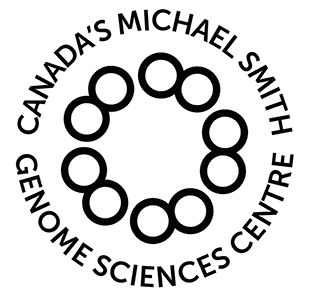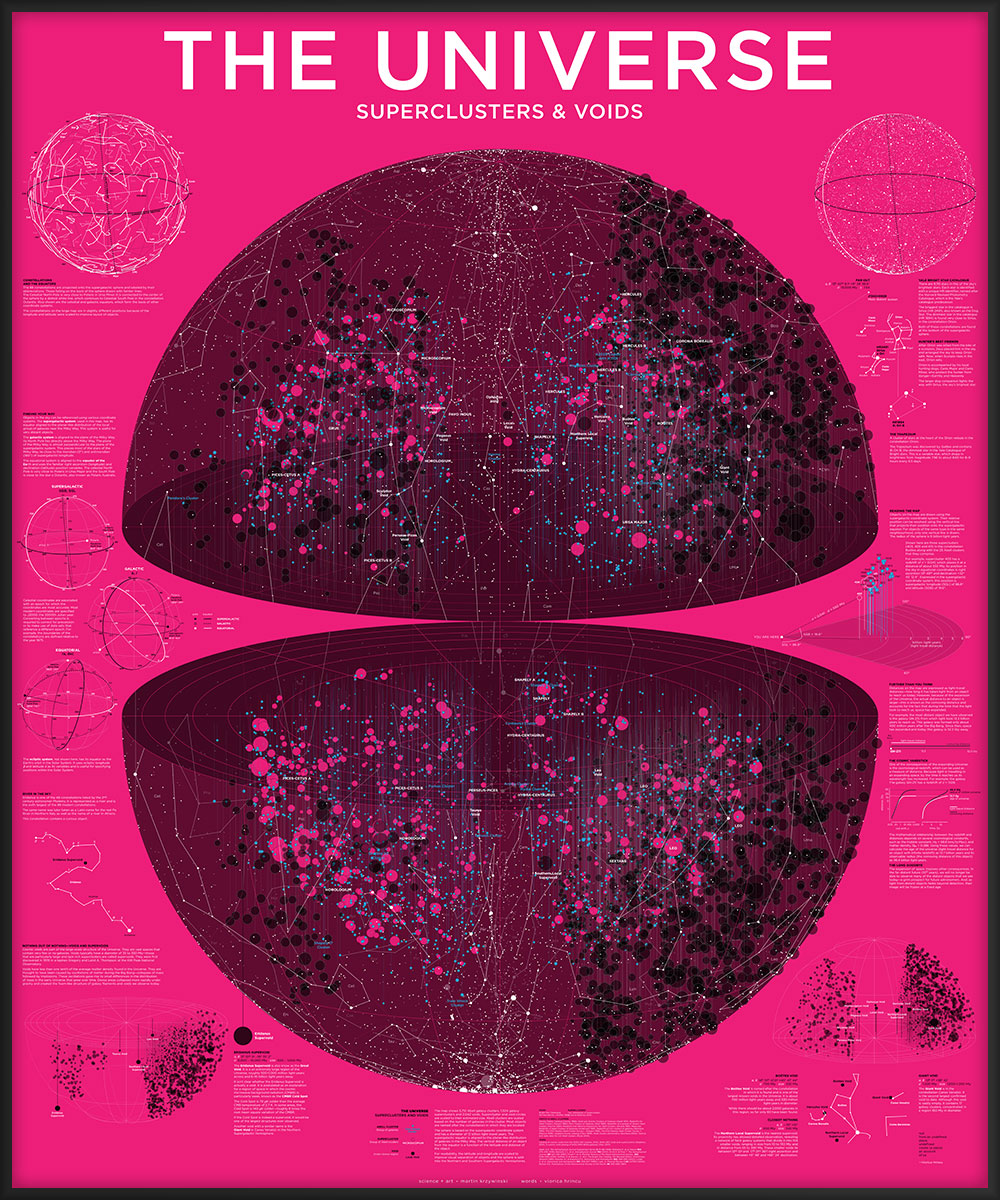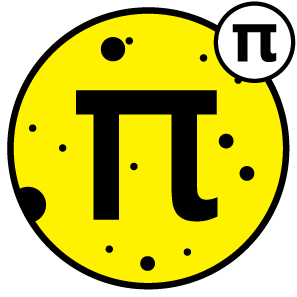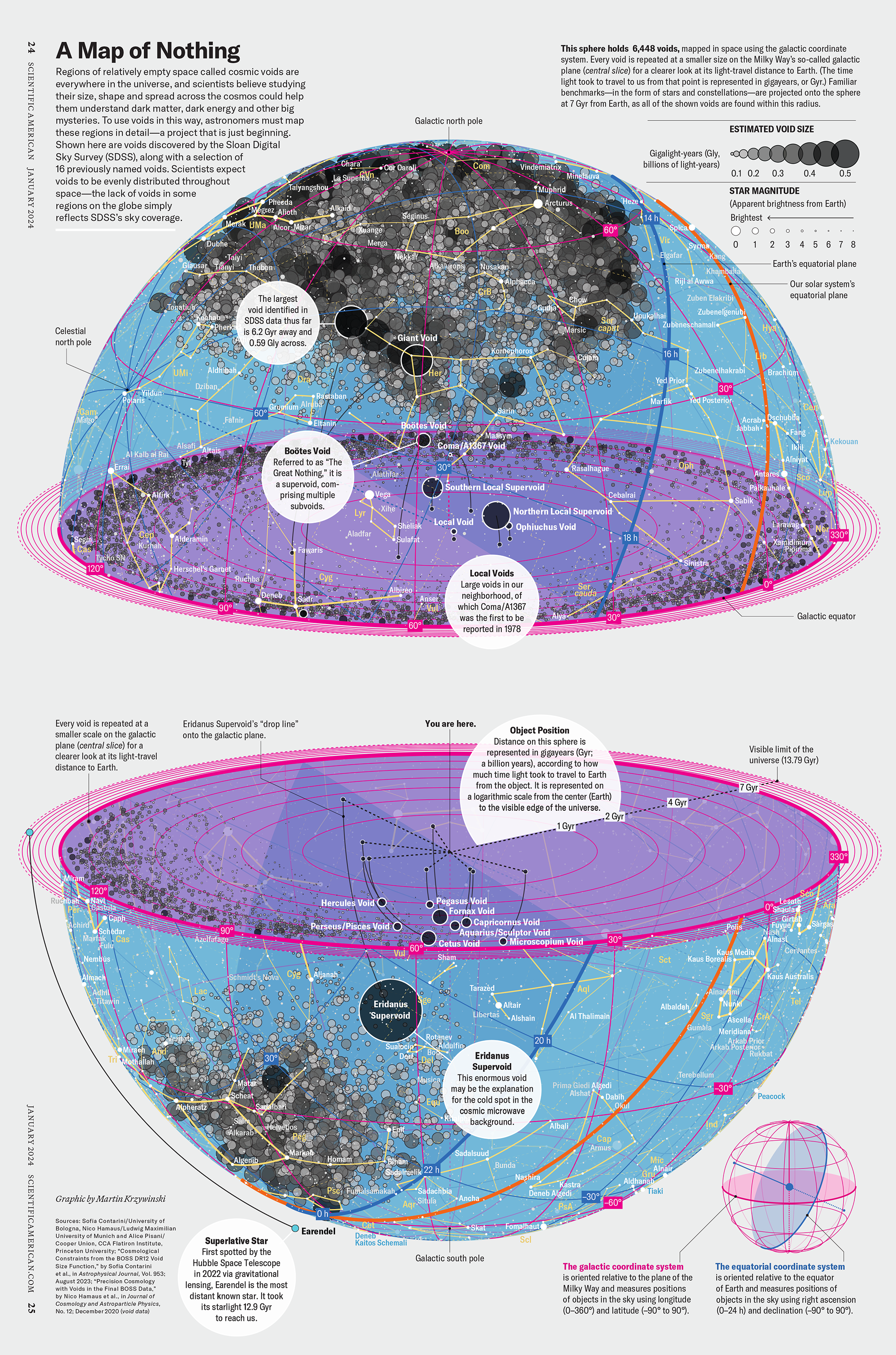null
from an undefined
place,
undefined
create (a place)
an account
of us
— Viorica Hrincu
Sometimes when you stare at the void, the void sends you a poem.
Universe—Superclusters and Voids

The average density of the universe is about `10 \times 10^{-30} \text{ g/cm}^3` or about 6 protons per cubic meter. This should put some perspective in what we mean when we speak about voids as "underdense regions".
expressing distances in the universe
Distances in the universe can be expressed as either the light-travel distance or the comoving distance to the object. The first tells us how long light took to travel from the object to us.
For example, the furthest object observed is the galaxy GN-Z11 and its light-travel distance is 13 billion light-years (Gly).
But because space has expanded during the time the light from GN-Z11 has been travelling to us, the galaxy is now actually much further away. This is measured by its comoving distance which accounts for space expansion, which is 29.3 Gly for GN-Z11.
The redshift, `z`, is commonly used to specify distance, since it's a quantity that can be observed. For GN-Z11, `z = 11.09`.
All distances on the poster are expressed in terms of the light-travel distance.
To calculate these distances, the redshift `z` is used along with a few cosmological parameters.
The Hubble parameter, `H(z)`, is the function used for these calculations. It can be derived from the Friedmann equation. $$ H(z) = H_0 \sqrt { \Omega_r({1+z})^4 + \Omega_m({1+z})^3 + \Omega_k({1+z})^2 + \Omega_\Lambda } $$
The values of the parameters in `H(z)` are being continually refined and the values of some depend on various assumptions. I use the Hubble constant `H_0 = 69.6 \text{ km/s/Mpc}`, mass density of relativistic particles `\Omega_r = 8.6 \times 10^{-5}`, mass density `\Omega_m = 0.286`, curvature `\Omega_k = 0` and dark energy fraction `\Omega_\Lambda = 1 - \Omega_r - \Omega_m - \Omega_k = 0.713914`.
Bennett, C.L. et al The 1% Concordance Hubble Constant Astrophysical Journal 794 (2014)
Now given a redshift, `z` the light-travel distance is $$ d_T(z) = c \int_0^z \frac{dx}{({1+x})E(x)} $$
The age of the universe can be computed from this expression. The edge of the universe has an infinite redshift so w can calculate it using `\lim_{z \rightarrow \infty} d_T(z)`.
The comoving distance to the object with redshift `z` is $$ d_C(z) = c \int_0^z \frac{dx}{E(x)} $$
It's convenient to express the above integrals by making a variable substitution. Using the scale factor `a = 1/(1+z)`, $$E(a) = H_0 \sqrt { \frac{\Omega_r}{a^2} + \frac{\Omega_m}{a} + \Omega_k + a^4\Omega_\Lambda } $$
The light-travel distance is $$D_T(z) = c \int_a^1 \frac{dx}{E(x)}$$
The comoving distance is $$D_C(z) = c \int_a^1 \frac{dx}{xE(x)}$$
The light-travel distance to the edge of the universe is $$D_{T_U}(z) = c \int_0^1 \frac{dx}{E(x)}$$
and the light-travel distance from the edge of the universe to the object as we're observing it now is $$D_{T_0}(z) = c \int_0^a \frac{dx}{E(x)}$$
which can be interpreted as the age of the object when it emitted the light that we're seeing now.
The proper size of the universe is the comoving distance to its edge, $$D_{C_U}(z) = c \int_0^1 \frac{dx}{xE(x)}$$
Below you can You can download the full script.
### Cosmological distance calculator
### Martin Krzywinski, 2018
#
# The full script supports command-line parameters
# http://mkweb.bcgsc.ca/universe-voids-and-superclusters/cosmology_distance.py
z = 1 # redshift
a = 1/(1+z) # scale factor
Wm = 0.286 # mass density
Wr = 8.59798189985467e-05 # relativistic mass
Wk = 0 # curvature
WV = 1 - Wm - Wr - Wk # dark matter fraction
n = 10000 # integration steps
# Hubble parameter, as function of a = 1/(1+z)
def Ea(a,Wr,Wm,Wk,WV):
return(math.sqrt(Wr/a**2 + Wm/a + Wk + WV*a**2))
H0 = 69.6 # Hubble constant
c = 299792.458 # speed of light, km/s
pc = 3.26156 # parsec to light-year conversion
mult = (c/H0)*pc/1e3 # integrals are in units of c/H0, converts to Gy or Gly
sum_comoving = 0
sum_light = 0
sum_univage = 0
sum_univsize = 0
for i in range(n):
f = (i+0.5)/n
x = a + (1-a) * f # a .. 1
xx = f # 0 .. 1
ex = Ea(x,args.Wr,args.Wm,args.Wk,args.WV)
exx = Ea(xx,args.Wr,args.Wm,args.Wk,args.WV)
sum_comoving += (1-a)/(x*ex)
sum_light += (1-a)/( ex)
sum_univsize += 1/(xx*exx)
sum_univage += 1/( exx)
results = [mult*i for i in [sum_univage,sum_univsize,sum_univage-sum_light, \
sum_light,sum_comoving]]
print("z {:.2f} U {:f} Gy {:f} Gly T0 {:f} Gy T {:f} Gly C {:f} Gly". \
format(args.z,*results))
Use the script to generate distances for a given redshift, `z`. For example,
# For galaxy GN-Z11, furtest object ever observed ./cosmology_distance.py -z 11.09 z 11.09 U 13.720 Gy 46.441 Gly T0 0.414 Gy T 13.306 Gly C 32.216 Gly
The galaxy GN-Z11 has a light-travel distance of 13.3 Gly and a comoving distance of 32.2 Gly. We're seeing it now as it was only 0.4 Gy after the beginning of the universe, which is 13.7 Gy old and the distance to its edge is 46.4 Gly.
# For quasar J1342+0928, furthest quasar ever observed ./cosmology_distance.py -z 7.54 z 7.54 U 13.720 Gy 46.441 Gly T0 0.699 Gy T 13.021 Gly C 29.355 Gly
The values for U (age and size of universe), will always be the same for a given set of cosmological parameters for any value of `z`. I include them in the output of the script for convenience.
These values match those generated by Ned's online cosmological calculator for a flat universe.
Nasa to send our human genome discs to the Moon
We'd like to say a ‘cosmic hello’: mathematics, culture, palaeontology, art and science, and ... human genomes.
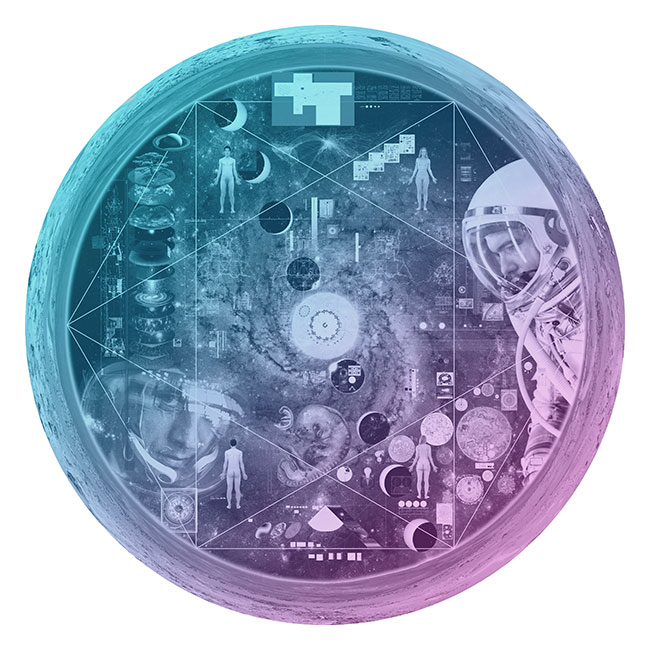


Comparing classifier performance with baselines
All animals are equal, but some animals are more equal than others. —George Orwell
This month, we will illustrate the importance of establishing a baseline performance level.
Baselines are typically generated independently for each dataset using very simple models. Their role is to set the minimum level of acceptable performance and help with comparing relative improvements in performance of other models.

Unfortunately, baselines are often overlooked and, in the presence of a class imbalance5, must be established with care.
Megahed, F.M, Chen, Y-J., Jones-Farmer, A., Rigdon, S.E., Krzywinski, M. & Altman, N. (2024) Points of significance: Comparing classifier performance with baselines. Nat. Methods 20.
Happy 2024 π Day—
sunflowers ho!
Celebrate π Day (March 14th) and dig into the digit garden. Let's grow something.
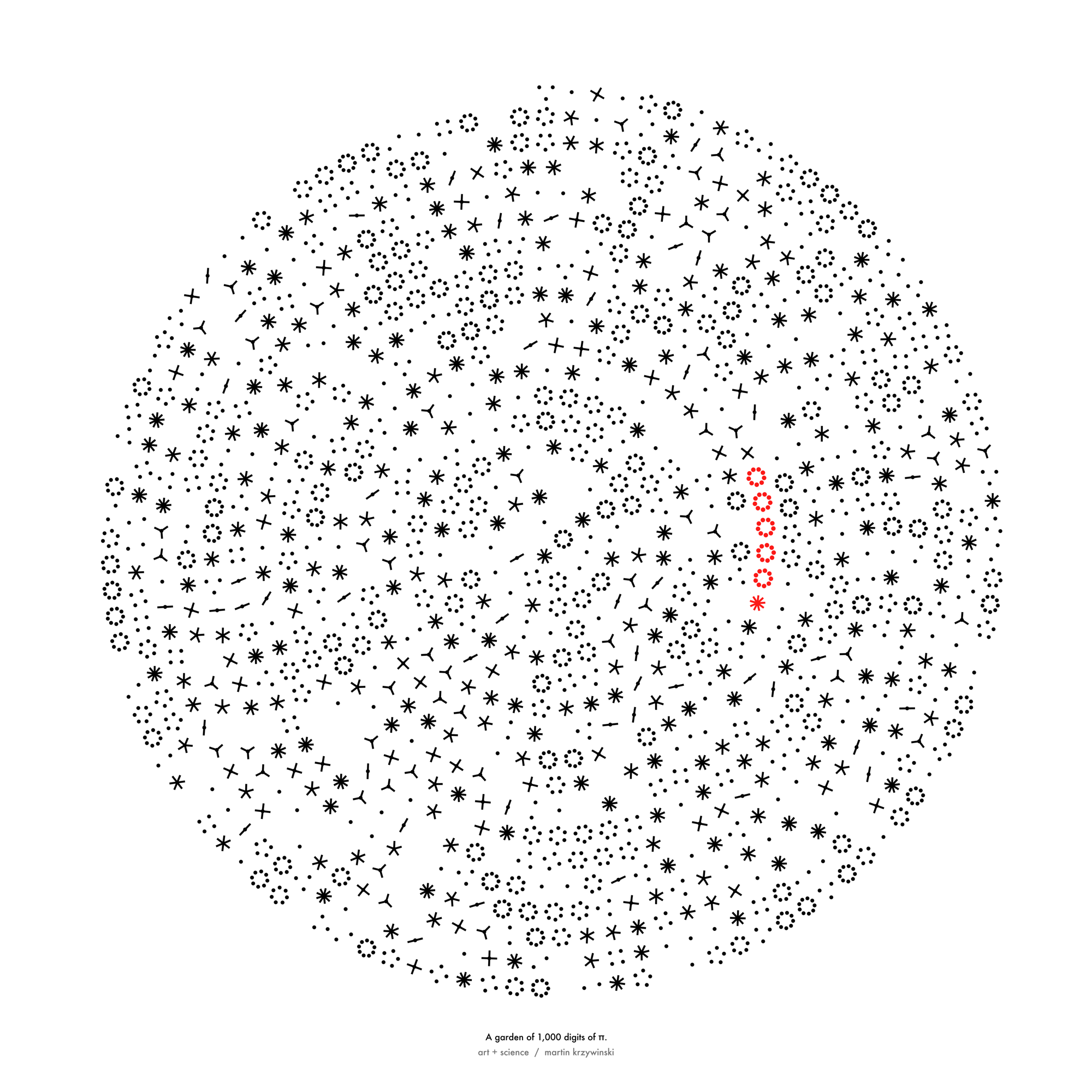
How Analyzing Cosmic Nothing Might Explain Everything
Huge empty areas of the universe called voids could help solve the greatest mysteries in the cosmos.
My graphic accompanying How Analyzing Cosmic Nothing Might Explain Everything in the January 2024 issue of Scientific American depicts the entire Universe in a two-page spread — full of nothing.
The graphic uses the latest data from SDSS 12 and is an update to my Superclusters and Voids poster.
Michael Lemonick (editor) explains on the graphic:
“Regions of relatively empty space called cosmic voids are everywhere in the universe, and scientists believe studying their size, shape and spread across the cosmos could help them understand dark matter, dark energy and other big mysteries.
To use voids in this way, astronomers must map these regions in detail—a project that is just beginning.
Shown here are voids discovered by the Sloan Digital Sky Survey (SDSS), along with a selection of 16 previously named voids. Scientists expect voids to be evenly distributed throughout space—the lack of voids in some regions on the globe simply reflects SDSS’s sky coverage.”
voids
Sofia Contarini, Alice Pisani, Nico Hamaus, Federico Marulli Lauro Moscardini & Marco Baldi (2023) Cosmological Constraints from the BOSS DR12 Void Size Function Astrophysical Journal 953:46.
Nico Hamaus, Alice Pisani, Jin-Ah Choi, Guilhem Lavaux, Benjamin D. Wandelt & Jochen Weller (2020) Journal of Cosmology and Astroparticle Physics 2020:023.
Sloan Digital Sky Survey Data Release 12
Alan MacRobert (Sky & Telescope), Paulina Rowicka/Martin Krzywinski (revisions & Microscopium)
Hoffleit & Warren Jr. (1991) The Bright Star Catalog, 5th Revised Edition (Preliminary Version).
H0 = 67.4 km/(Mpc·s), Ωm = 0.315, Ωv = 0.685. Planck collaboration Planck 2018 results. VI. Cosmological parameters (2018).
constellation figures
stars
cosmology
Error in predictor variables
It is the mark of an educated mind to rest satisfied with the degree of precision that the nature of the subject admits and not to seek exactness where only an approximation is possible. —Aristotle
In regression, the predictors are (typically) assumed to have known values that are measured without error.
Practically, however, predictors are often measured with error. This has a profound (but predictable) effect on the estimates of relationships among variables – the so-called “error in variables” problem.

Error in measuring the predictors is often ignored. In this column, we discuss when ignoring this error is harmless and when it can lead to large bias that can leads us to miss important effects.
Altman, N. & Krzywinski, M. (2024) Points of significance: Error in predictor variables. Nat. Methods 20.
Background reading
Altman, N. & Krzywinski, M. (2015) Points of significance: Simple linear regression. Nat. Methods 12:999–1000.
Lever, J., Krzywinski, M. & Altman, N. (2016) Points of significance: Logistic regression. Nat. Methods 13:541–542 (2016).
Das, K., Krzywinski, M. & Altman, N. (2019) Points of significance: Quantile regression. Nat. Methods 16:451–452.
Convolutional neural networks
Nature uses only the longest threads to weave her patterns, so that each small piece of her fabric reveals the organization of the entire tapestry. – Richard Feynman
Following up on our Neural network primer column, this month we explore a different kind of network architecture: a convolutional network.
The convolutional network replaces the hidden layer of a fully connected network (FCN) with one or more filters (a kind of neuron that looks at the input within a narrow window).

Even through convolutional networks have far fewer neurons that an FCN, they can perform substantially better for certain kinds of problems, such as sequence motif detection.
Derry, A., Krzywinski, M & Altman, N. (2023) Points of significance: Convolutional neural networks. Nature Methods 20:1269–1270.
Background reading
Derry, A., Krzywinski, M. & Altman, N. (2023) Points of significance: Neural network primer. Nature Methods 20:165–167.
Lever, J., Krzywinski, M. & Altman, N. (2016) Points of significance: Logistic regression. Nature Methods 13:541–542.
